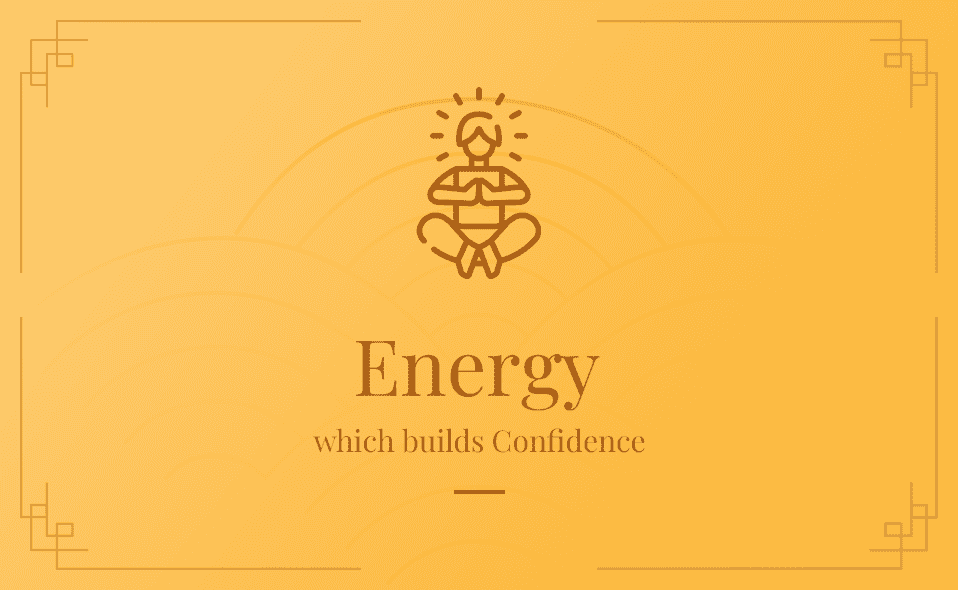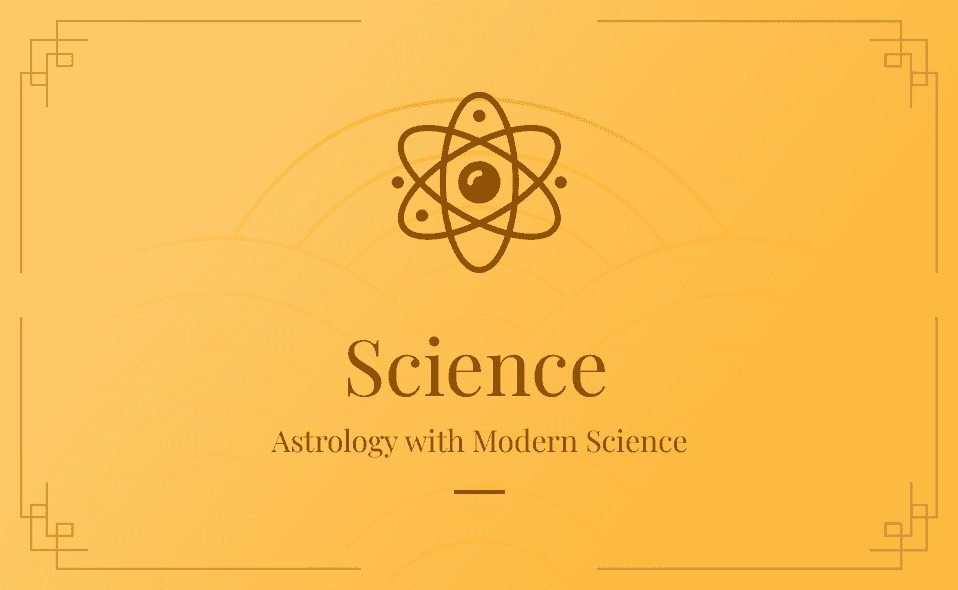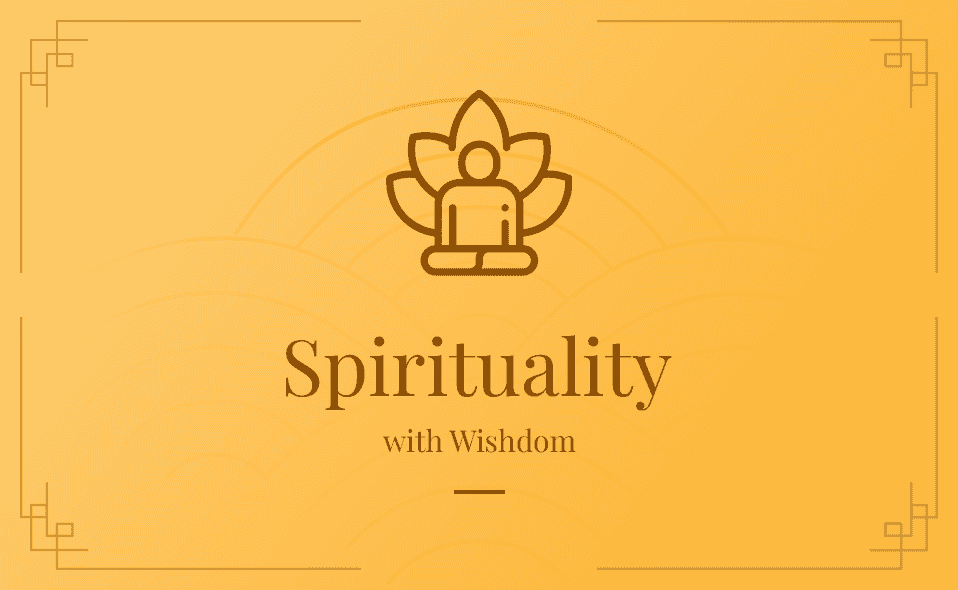Sarveshwaraa Guwahati
Department of Vedic Astrology and Vastu Science
Learn how to organize your life around the best cycles according to your birth date and more.
C0ntact us
Fill The Form
✴ ॐ सर्वेशां स्वस्तिर्भवतु ✴ ॐ सर्वेशां स्वस्तिर्भवतु ✴




Courses we offer
Our Course Curriculum
Vedic Astrology is an ancient Indian science which explains planetary motions and positions with respect to time and their effect on humans and other entities on earth. Vedic astrology can be traced thousands of years back. Early Vedic astrology was only based on the movement of planets with respect to stars, but later on it started including zodiac signs as well. According to Vedic astrology there are 27 constellations made up of 12 zodiac signs, 9 planets and 12 houses with each house and planet representing some aspect of human life. Depending on when a person is born, the 12 signs are distributed among the 12 houses and 9 planets are placed in various houses. This visual representation of the snapshot of the signs and planets is called a horoscope chart. Vedic astrology is nothing but interpreting the meaning of these arrangements as it applies to humans and other entities
Vastu and Jyotish Astrology (Astrology)
cannot do without each other. Since they are like air and water; they are guiding factors. In
the socio-economic context of the ancient and middle ages. jyotish (Astrology) and thus is old as the Vedas themselves. Jyotish literally means ‘light of god’ or ‘path to fulfillment of desires’. Astrology represents ‘eyes’ in the vedic body as it enables us to see our past, present and future. This ‘divine eye’ is achieved by those who are well versed in the scientific study and application of the language of heavenly bodies. These heavenly bodies have great influence on our life and houses. In Brief : Now, let us deal with planets and their effects on house, in view of the science of Astrology.
Sun: Sun is the soul (atmakaraka) besides being Pitrkaraka, and governing planet of the fifth sigh Leo of the zodiac. In Grahavastu, the window on the East should be such as to allow maximum sunlight, otherwise it will disturb the prosperity of a family.
Moon: The left side of a house is indicative of mother or daughter. If the left window happens to be a puja room, women will enjoy divine perception, wisdom (Moon + Jupiter); in case a room is full of darkness with materials dumped, the house wife suffers ill-health.
Mars and Venus: The Kitchen should be in south-East ( agneyi ). Mars is the planet ruling the south. But it is Venus who governs a kitchen. If a kitchen is situated opposite to a bedroom. Although there may a happiness, there will be ill-health. In some houses, where both the kitchen and bathroom are combined, great hardship is felt and earnings go the waste.
Mercury: Mercury governs the North, verandah, hall visitors’ room and sit-out. If there is a puja room in the hall itself, the owner of the family enjoys great benefits from lands. If the hall is attached to bedroom, the house wife will be earning well. If the hall suffers for want of
ventilation or darkness, there will be immoral affairs and earnings through shady means.
Jupiter: Jupiter rules the direction of North-East which is suited for proper puja room. Suppose the door is directly facing a puja room, even though there be hardship in life, later on one would enjoy prosperity.
Saturn: it governs the West and is the best friend of Rahu. Rahu and Ketu represent main door and rear door, respectively. Food material stored in the West (store room, etc) is auspicious and leads to prosperity.
Rahu: It governs the South-West. Unused materials, and toilets are good here as rahu governs the main door, the entrance door must be larger than the other doors.
Ketu: The direction of ketu is also the North-East. Ketu governs small rear door, the bath rooms, ditches and staircase. If the staircase leading to the first floor is near the main door entrance, it indicates self-deception and is not auspicious.
Everybody is curious to know about their future. There are many methods of divination available to satiate this curiosity. These methods are popular not only in India, but other parts of the world as well. Each method has its own procedures and characteristics. Let us talk about some of these methods.
Vedic Astrology
Vedic Astrology is one of the main systems of Indian Astrology. It is a part of Vedas and is recognized as the Eyes of the Vedas. It predicts future on the basis of the birth-chart.
- To predict future according to this method the information of the birth-time, place and date are very important.
- On the basis of vedic astrology a lot about the past, present & future can be determined.
- Their influence can be seen on karma & destiny. In the event of any matter, yogas play an
important role in kundali and the dasha & antardasha of planets is also important. - Very often, good yogas are formed in a kundali and planets are also strong but still a person might not get auspicious results because planet is weak in varg kundali, that’s why varg kundalis holds great importance in vedic astrology.
- Varg kundalis also hold great importance in birth horoscope. If a planet is strong in birth horoscope and weak in varg kundali, then in this situation auspicious results cannot be achieved.
- With the help of varg kundali, ascendant and its lord, related house and its lord are analyzed
Predictions about the coming earthquakes, famines, draught, floods, widespread epidemics, etc. which always take a very heavy toll of human life and property
Psychological astrology, or astropsychology, is the result of the cross-fertilisation of the fields of astrology with depth psychology, humanistic psychology and transpersonal psychology. There are several methods of analyzing the horoscope in the contemporary psychological astrology: the horoscope can be analysed through the archetypes within astrology (as is characteristic for Jungian approach in astrology) or the analyses can be rooted in the psychological need and motivational theories. There might exist other astrological methods and approaches rooted in psychology. Astrologer and psychotherapist Glenn Perry characterises psychological astrology as “both a personality theory and a diagnostic tool”
Since the ancient times, the earth is called as “Vasudha” meaning the inhabitation of creatures. Not only but various creatures and organisms strive towards making a place suitable for their living. In this field, human consciousness and wisdom have evolved gradually with the help of experiences. Because of this, man has been successful in making his residence more comfortable with his intellectual skills. Though food, clothing, and house are the most important needs of humans without which it is not possible to sustain his life. As per a mythological story, a process of leveling the earth was adopted to make earth more suitable for living by a king named Prithu. It is almost impossible to enjoy the household comforts under an open sky. To fulfill the residential needs, Vastu Shastra came into existence. Among the Vedic scriptures, Rigveda is one of its kind which has the description of religious and residential buildings. Although Vastu has been utilized in the ancient times for making the altar for fire rituals and in the construction of Yagnashala (fire lab), it was also utilized for making idols, temples, and residential places lately. However, the exact order of development of Vastu Shastra is mostly unavailable. In Vedic texts, Vastu related to buildings and lands which show that it is directly related to residing and residential place. The Upaveda of the Atharva Veda, Sthapatya later became
famous as Vastu and Shilpa Shastra. The great and most respected masters of Indian Vedic Vastu Shastra were Vishwakarma and Maya Danava. Due to this, we see a mixture of both the methods in today’s Vastu scriptures. Although, Vastu mention is found in many scriptures like Vedas, Puranas, Upanishads, Ramayana, Mahabharata etc in
relation to various buildings. These buildings are Yagnashala, cowshed, hostel, royal palace/fort, temples etc. The emergence of Vastu Purusha is believed to be from the eternal Lord Sada Shiva
himself. As per the mythology, it is believed that Vastu Purush emerged from the sweat of Lord Shiva
during his furious battle with demon Andhakasura. We can also call this the first sequence of the growth
of the world. Importance of Vastu Shastra When compared to the olden days, the importance of Vastu in the present era if manifold. Today many wise men and Vastu masters give more emphasis towards buildings with specific purposes by applying
the principles of Vastu Shastra. However, the real knowledge of most of the Vastu practitioners today is not adequate when compared the past. Presently, most of the so-called Vastu Shastra Expert are trying their best to mislead the people by making them believe that Vastu is highly limited to four directions (disha). Such self-proclaimed Vastu Shastris who try to get famous by newspapers or TV shows actually
possess very shallow knowledge of the core principles of Vastu Shastra. Because of this reason the common public is not able to derive maximum benefits from this divine science of Vaastu. But there are still people who are wise and well versed in the key aspects of Vastu. They are using the principles of Vastu in the highest possible way for the construction of residential and commercial establishments.
Due to this people get progress in the personal as well as in the professional front. Hence Vastu Shastra
is not just limited to residential buildings but the rules of Vastu are also applied for the construction of various types of buildings like schools, colleges, offices, factories, temples etc. Vastu Shastra is useful in making towns and states peaceful and prosperous. It is also useful in making the buildings comfortable, beautiful, enjoyable, and also towards achieving the desired goals. Every person should try to make the best use of the principles of Vastu which are available today. Vastu Shastra is not limited to building construction and making it comfortable but it also has great power to balance the five major elements. This enables one to use the positive energy in an effective manner and removing the negative energy from the surroundings. No matter how good and durable the building might be, but if the positive energy is not properly transmitted in the building, it would not take much time for the residents to start
experiencing the problems. Hence Vastu is an extremely useful science
Despite being a century-old philosophy, in the Western world, Tantra has become increasingly popular in the last few decades. You may have heard the word Tantra in the
media (with a meaning generally related to ecstatic tantric sex, open relationships and
multiple orgasms) or in spiritual circles (where it can have different overtones: connection,
celebration, intimacy, transcendence, divine consciousness and so on). What is certain is that there is still confusion regarding the Tantra definition and scope, with many misconceptions and misunderstandings, fake Tantric gurus and a lucrative business for some people without scruples. This is why we would like to shed some light on Tantra, rediscovering its original meaning and show you how this ancient Eastern knowledge can make every day of your life blissful.
The origins of Tantra
Tantra originates in ancient Eastern world, in particular in India, though it is hard to define a specific epoch or founder. Representations of the sacred union of the feminine and
masculine energy date back to the Indus Valley Civilisation (2000 BC) but scholars consider that the two main strains of Tantra (Hindu Tantrism and Tibetan Tantrism) emerged between 300 and 400 AD. Tantra was widely practised in India between the 11th and 12th centuries. As opposed to Classic Yoga teachings, Tantra refuted the idea that Moksha (liberation) could be attained only through rigorous asceticism and by the renunciation of the sensual pleasures.
Tantrikas (tantric yogis) believed that most of the human suffering arises from the mistaken concept of separation and advocates instead the celebration of senses and mundane life.
Most of the manuscripts were lost with the invasion of India in the 13th century. Tantric Buddhism survived in the Tibetan monasteries. After the Chinese invasion, Tibetans monks decided to spread this knowledge instead of keeping it. Tantrism had a great influence on many religions and spiritual traditions, including Shaivism, Buddhism, Vaishnavism, and Jainism. This proves that Tantra is a universal method which could be practised by anyone, even in daily life, with no divisions of caste.
The meaning of Tantra
In Sanskrit, the term Tantra literally means “loom, warp, weave” but in the Indian tradition is regarded as “text, theory, system, method, instrument, technique or practice”. Therefore, we could infer from the ancient texts that the meaning of Tantra implies “interweaving traditions and teachings into a text, technique or practice”. This vague definition left a vast blank space filled by multiple interpretations in different epochs and traditions, including misconceptions due to the highly metaphorical language used in ancient texts (to prevent uninitiateds from applying its principles in the wrong way). The word interweave is the key to understand the real meaning of Tantra. As many Tantric texts put it: “Nothing exists that is not divine”. Everything is interconnected and is a manifestation of the divine energy that rules the whole universe. It is the dance of the by polar energy of Shiva and Shakti, the masculine and feminine archetypes, the Sun and the Moon, night and day, life and death. This duality is found in everything that exists in nature, it’s a never-ending cycle that remains in
balance. This is why a deep understanding of reality reveals that there is actually no duality, these two poles are the two sides of the same coin. Tantra can be seen as the ultimate self-realisation tool to expand the consciousness and experience this unity, eventually liberating ourselves. Since everything has a divine nature, so do we. Every aspect of life, including senses, must be celebrated because it is part of this divine vision. Nothing should be condemned because it is all part of this design, that should be exactly the way it is. Working, eating, and lovemaking can be contemplated to understand the undifferentiated nature of existence. They become a form of meditation. In this sense, tantra breaks with the old division of spiritual and mundane levels. Tantra is a very practical method, based on experience, devotion and rituals. Experience is needed because the realisation of our divine nature cannot only be understood with our minds but it has to come through our direct experience involving our bodies, our senses, our emotions. Devotion is addressed to life and all its expressions, not to some deities. Rituals help us to connect with the divine, to see the magic in every little thing, to celebrate this gift of existence we were given. Though Tantra is a non dogmatic system that can easily adapt to different epochs, contexts and people, rituals are there also to remind us the path to self-realisation because as humans we easily lose this path and indulge in pleasure without a direction.
Traditional types of Tantra
There are three traditional forms of Tantra practice each with its peculiarities
The monastic tradition
practised mainly by Buddhist monks in the monasteries, it is the “literate version”, in which the practitioners received their initiation into a textual lineage, studying ancient Tantric texts. They carry out sacred rituals as offerings such as singing mantras, drawing mandalas and performing fire pujas (ritual prayers).
The wandering yogis tradition
practised by the Mahasiddha people who lived in the forests and caves of northern India in ascetics like meditation interrupted only by regular tantric feasts (ganachakra) during which they celebrated all pleasures of senses including dancing, singing, sex, alcohol and meat.
The householder tradition
the biggest portion of Tantrikas are lay practitioners, even today. It is the celebration of every instant of life. It is the ability to apply the Tantric non-dual principles to ordinary activities,
being able to see unity, magic, the divine nature of things, people and animals. It is about living in communion with the universe, with detachment and presence, when washing dishes, going to work, talking to someone, making love, meditating.
The paths of Tantra
In a modern Tantric classification, Tantra is divided into two main branches. Practitioners who use their own sexual energy, mostly internally, are defined as the “right-hand” or “white Tantra”. This path includes traditional Hindu practices such as asceticism and meditation. Traditional Tantric practices can be found today in the Tibetan Buddhist tradition, in Kundalini and Kriya yoga, all of which are right-handed paths. The other path, the “left-hand” or “red Tantra” involves direct sexual contact between love partners, use of alcohol and other intoxicants. All of the above clashes with traditional Hinduist principles. The Tao Tantra tradition is an example of a left-handed path which survived the centuries almost unmodified. While both path can lead to Moksha (liberation, enlightenment), the left-hand path is considered to be faster though more dangerous.
Parapsychology is the systematic, scholarly study of psychic phenomena and other paranormal occurrences that have no apparent scientific explanation. The domain of parapsychology is generally considered to include five key areas:
- Telepathy
- Clairvoyance
- Precognition
- Psychokinesis
- Survival studies
According to the Parapsychological Association, parapsychology is defined as the “scientific and scholarly study of three kinds of unusual events (ESP, mind-matter interaction, and survival), which are associated with human experience.
